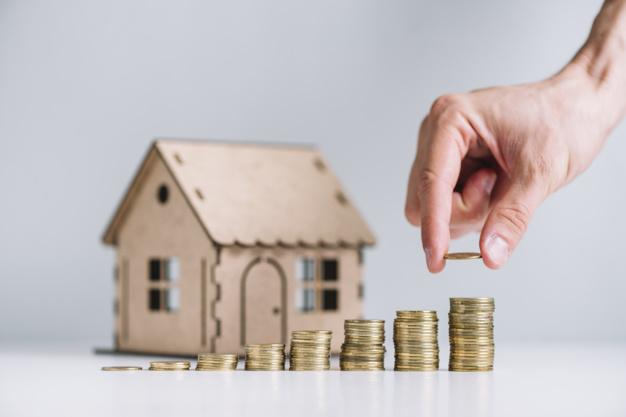8 Real Estate Investment Metrics You Need To Know About
By Shane | Uncategorized

Investing in something that creates passive income is becoming a common practice in Australia. But, like all other investments, being objective about the property or home renovation project you want to take on will help increase your chances of success.
With this in mind, let’s take a look at 8 key performance indicators you’ll want to look out for before you invest in a new house or home extension.
Investing in real estate is a common practice in Australia. Even though property value fluctuates, some predictions indicate that prices are set to surge by 2021 in large areas of the country.
And even though property prices have taken a hit over the last few months, real estate investment is still regarded as one of the safest money-makers out there. It’s relatively easy to get into, can be extremely profitable, and with the right guidance, you can make your first significant investment in no time.

There are dozens of different property investment metrics that help decide whether or not you should put money into a piece of real estate. It’s worth noting that each investor’s circumstances are unique, so you’ll want to meet with a finance specialist and discuss which metrics will benefit you the most.
That said, there are 8 metrics almost all real estate investors need to be familiar with in order to verify the profitability of the venture.
First-time real estate investors will want to get familiar with easy metrics that also provide them with a good comparison. The Gross Rent Multiplier (GRM) gives you an idea of the market value of the house and its calculated by dividing the price of the property by its potential gross annual income.
This metric works best when comparing houses in the same area, but it does not take factors like operating expenses and real estate price fluctuations into consideration.
Known as NOI, this metric calculates the amount of money the property will generate after all expenses. This includes all bills, maintenance costs, taxes, vacancy times, and any other fees that may come up.
Simply put, it’s the amount of money that the house can make minus all costs, but it doesn’t include investor-unique expenses like loan payments.
Gross Operating Income or GOI is a simple, yet effective metric. It represents the amount of money the property can make if it’s rented out year-round and all tenants pay their rent on time.
In other words, you simply have to multiply the property’s rental price times 12. It doesn’t take any other elements into consideration, but it can tell investors if the property they’re looking at has the rental potential they need.

Cash Flow is another term for annual profit and it’s calculated by subtracting the total yearly expenses by the total yearly profits.
Known as COC or Yield, this metric measures the performance of your investing by weighing profits against each dollar you invest. It’s determined by dividing the annual cash flow before taxes by the total amount of money invested.
A property’s capitalisation rate shows its potential profitability. Shortened as Cap Rate, you can determine this value by dividing the NOI by the cost of the house. As a rule of thumb, the higher the Cap Rate, the lower your return on investment.
IRR can also help measure your project’s ability to generate profits. It takes into consideration cash flow, initial investment cost, and property sale profits in order to deduce how desirable the property actually is. The higher the Internal Rate of Return, the better the investment.
Lastly, all investors worth their salt will want to know if the property can actually cover the cost of the debt. The Debt Coverage Ratio (DCR) will tell you whether the house can pay for itself because it divides the NOI by the annual cost of the debt.
Remember that a DCR lower than 1 represents negative Cash Flow, which means the property doesn’t generate enough money to repay the mortgage.

Investing in property can represent a fruitful venture, but you’ll have to analyse the landscape and identify the numbers that matter the most to your particular case. Despite the fact that real estate can be a volatile market, with the right guidance you should be able to recognise the best opportunities that come your way.
The metrics above can help you identify a sound investment and help improve your chances of success whether it’s your first investment or the last one in a line of successful ventures. When coupled with the right guidance, the 8 statistics above can paint an accurate picture of a house’s potential profitability.
That said, you should always contact a qualified investment property specialist that can give you valuable insights to truly understand your chances of success.

Author’s Bio
Alex Morrison has been an SEO Expert for over 10 years. In this time he has worked with a range of businesses giving him an in-depth understanding of many different industries including home improvement, business support and health care. He has used his knowledge and experience to work for clients as diverse as Fox Transportable, Cosh Living and Listed & Sold to help them reach their business goals.
Session expired
Please log in again. The login page will open in a new tab. After logging in you can close it and return to this page.